The average American teenager spends 4.8 hours on social media per day.
That’s nearly 5 hours of scrolling through endless amounts of posts and comments. And often, the people producing content don’t have their viewers’ best interests at heart. Instead, they prioritize getting clicks or money, even if doing so sacrifices their integrity and obscures the truth.
Misinformation is an epidemic in modern society.
Countless different sources, from news stations to corporations to anyone with a camera and a microphone, want to tell people what and how to think, and all with different agendas. In this minefield of deceit and anti-intellectualism, high school students are especially vulnerable.
Most teenagers are just beginning to form their political beliefs, and many of them do so by taking on the political alignments of their parents or peers: a process known as political socialization.
But social media is disrupting this, replacing the role of relatives or friends in how someone forms their political identities. Users can be exposed to endless streams of biased political information, with adaptive algorithms resulting in the creation of echo chambers. In these online spaces, people’s existing beliefs – however flawed, uninformed or hateful – can be reinforced and solidified rather than being challenged or expanded upon.
The dangers of this are very severe and very real, ranging from indoctrination to acts of violence and hate, such as the attack on the Capitol that occurred on Jan. 6, 2021.
Even official sources of news don’t help fix the problem. Although they’re supposed to provide viewers with objective information and help them separate fact from fiction, politically leaning networks such as CNN or FOX end up contributing to the issue by reinforcing political polarization and catering to their target audiences by choosing to reveal or not reveal certain information in accordance with their bias.
Traditional news networks are supposed to be places where people can turn to for reliable information. Instead, they’ve become part of the problem. Political action committees pour money into funding political content, and in the modern day, viewership among different news sources is divided based on the political beliefs of their viewers, causing these networks to prioritize telling their audiences what they want to hear so that they can garner more engagement.
There is a solution to this issue.
Media literacy, or the ability to interpret and analyze messages in different forms of media, can allow people to become more informed citizens and tune out distracting or misleading information or even equip them to create and share media themselves. It’s an important skill in the digital age, where media is involved in nearly every facet of a person’s life and career pathways are opening for those who know how to utilize it.
Unfortunately, it’s in sharp decline.
The popularity of short-form video content has effectively made it optional to critically think or analyze anything you see on social media. Disagree with a post that you saw? Just click “not interested” and scroll away. See something that resonates with you? Hit “like,” and before you know it you’ll be immersed in a rabbit hole of posts just like it. Because it’s so easy for users to just click off a post when it doesn’t appeal to them, anyone who creates social media content is competing for attention. The more controversy someone can stir up with a post, the better, because that means more views and more money.
So, how can people become less susceptible to deceptive or misleading content?
It starts with identifying the purpose of the post, whether the creator is an individual person or an organization. Is there a certain product or service they are trying to sell? Are they simply looking for attention and views? Are they affiliated with a political party or organization and attempting to recruit new members? These are important questions to ask when seeing something that could be misinformation.
Another important component is understanding how to do independent research and come to conclusions about topics of discussion in news or popular culture. Technology has offered an extreme level of convenience with being able to take in new information easily through things like social media, search engines or news programs. The downside of this is that there’s lots of context that the viewer misses about the information that they are seeing. Whoever is providing it could be themselves uneducated on the topic, or twisting certain details and withholding others in order to fill a certain narrative.
The willingness and ability to independently investigate current events, societal issues or facts can go a long way towards demystifying the amount of differing perspectives that a person could be exposed to online.
Of course, applying media literacy into everyday life requires concentrated effort and energy, and is often simply impractical due to the sheer amount of information that people encounter every day on the internet. Instead of expecting people to teach it to themselves, media literacy should be a skill taught in school curriculums so that students can understand its importance and impact before they become affected by misinformation.
This may seem like a drastic step that adds another thing for students to have to learn about and teachers to need to instruct on, but it’s important to remember that students will need to learn about how to effectively navigate and live with modern technology anyway.
Computers and smartphones dominate people’s everyday lives, and more and more processes such as how people work, exchange money and socialize are becoming digitized. If students are already going to be learning how to use technology, then they also should be taught responsible digital citizenship.
That way, the next generation is better equipped to thrive in a world that’s rapidly changing due to the effects of constantly evolving technology and can avoid the deception that evolves with it. Otherwise, we risk drowning in a sea of misinformation.


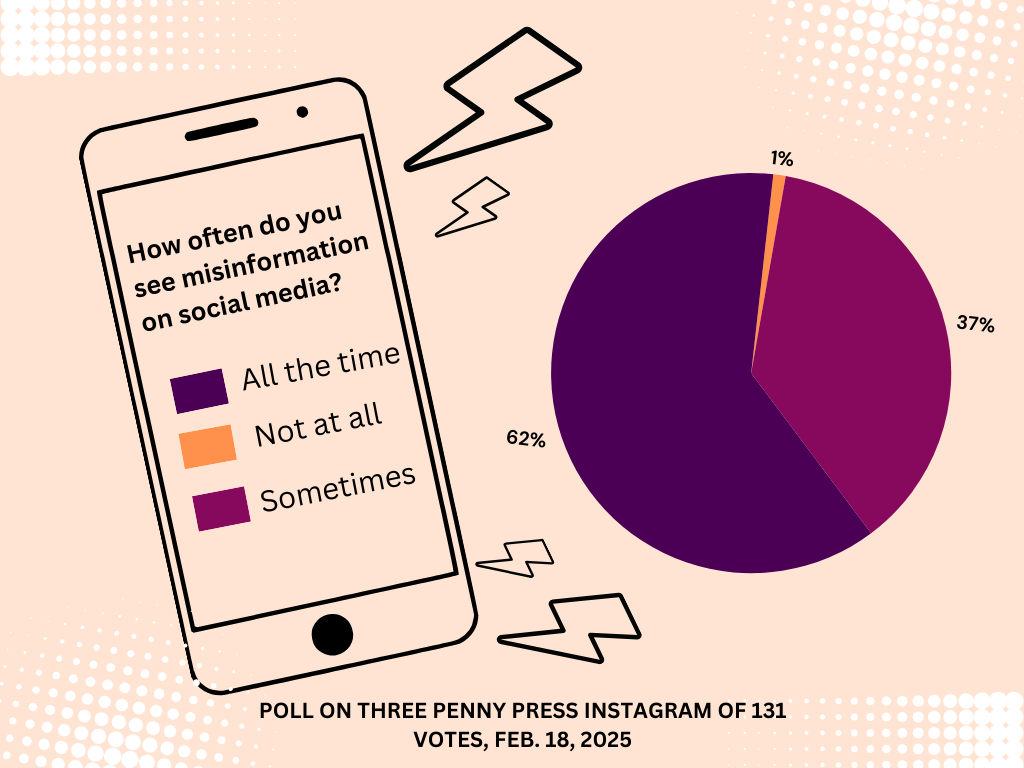

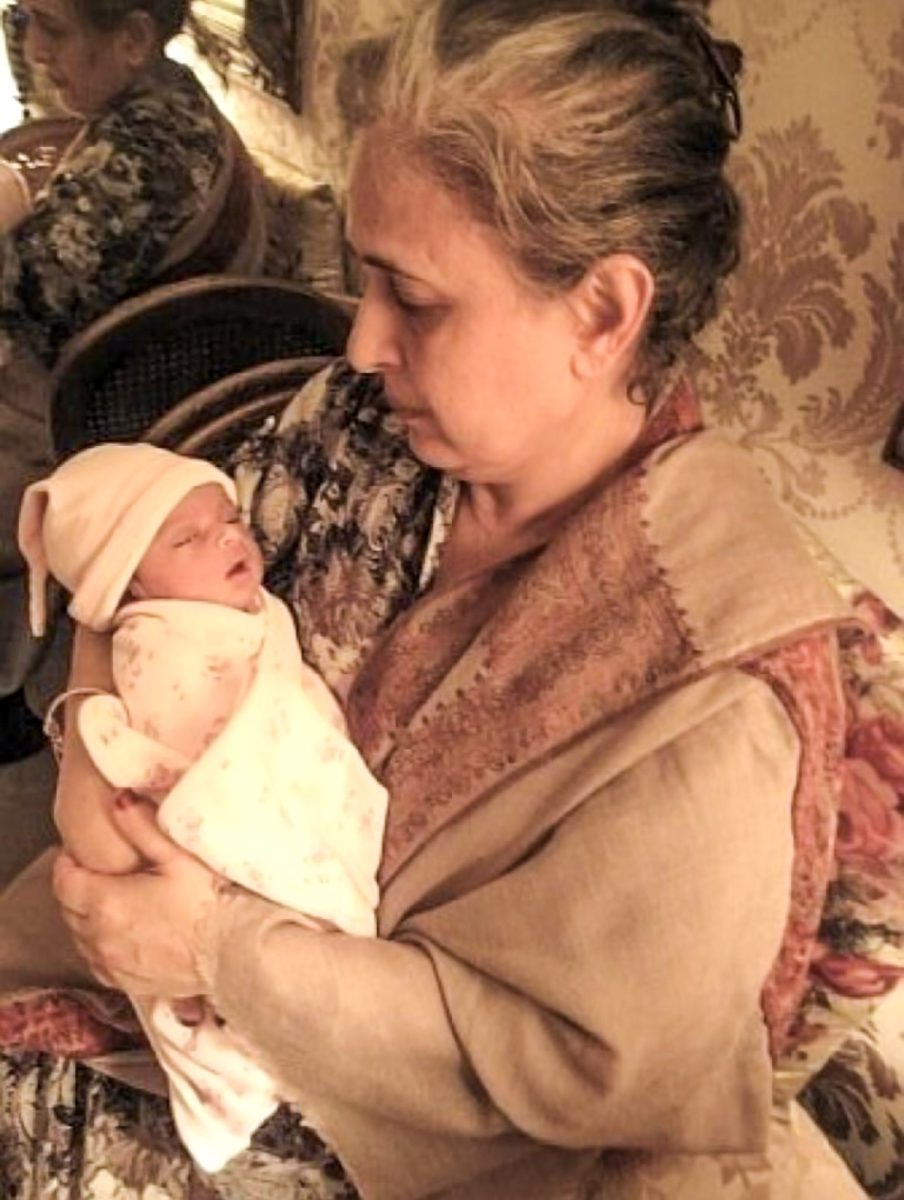
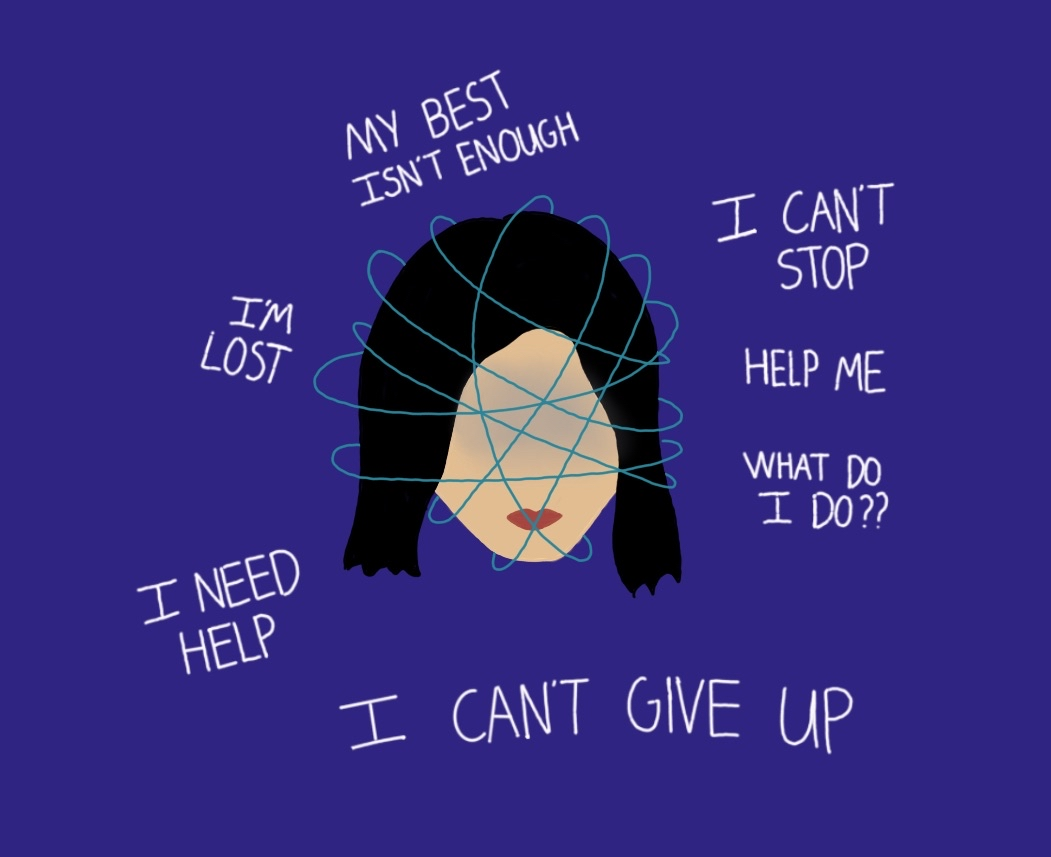

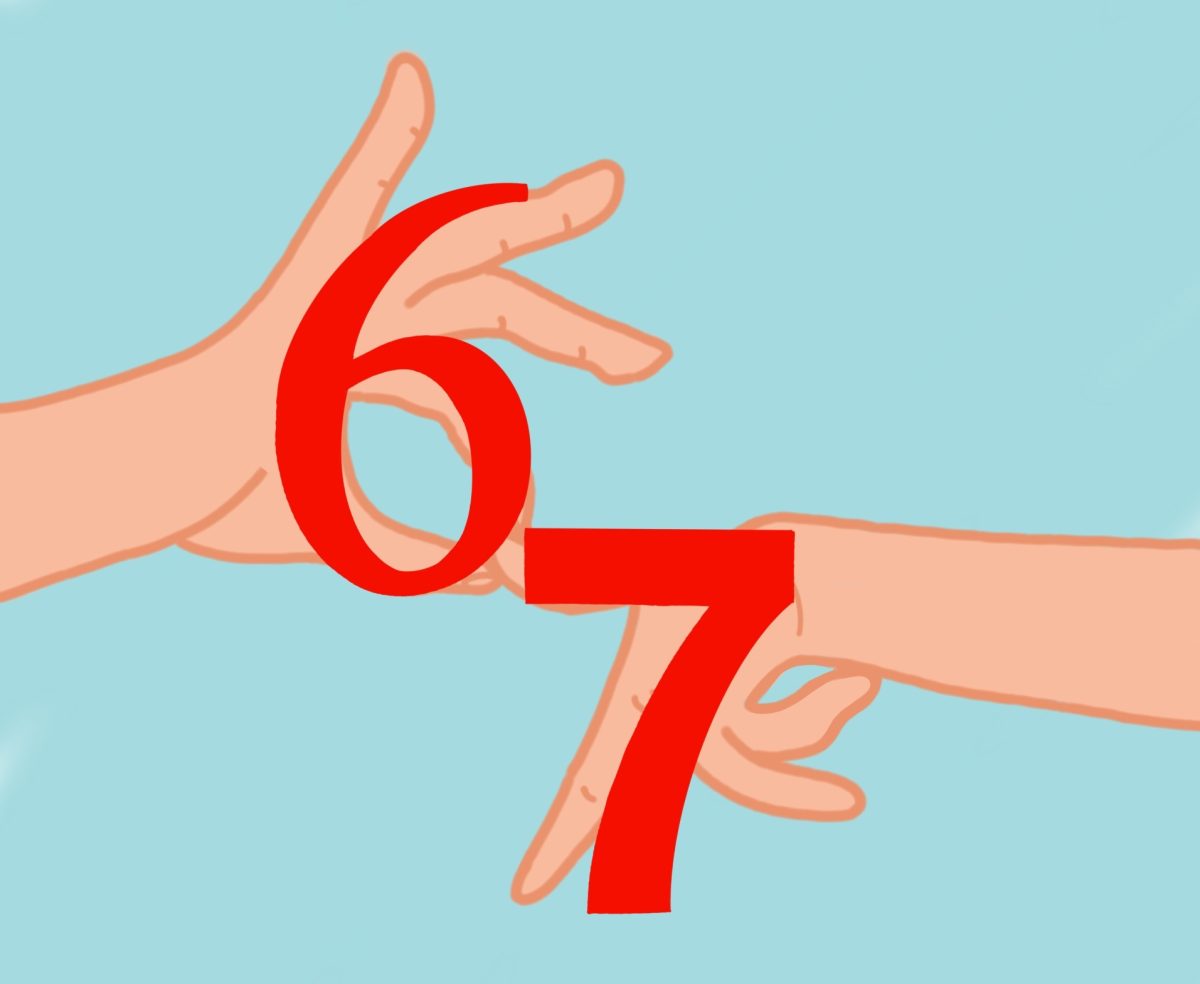

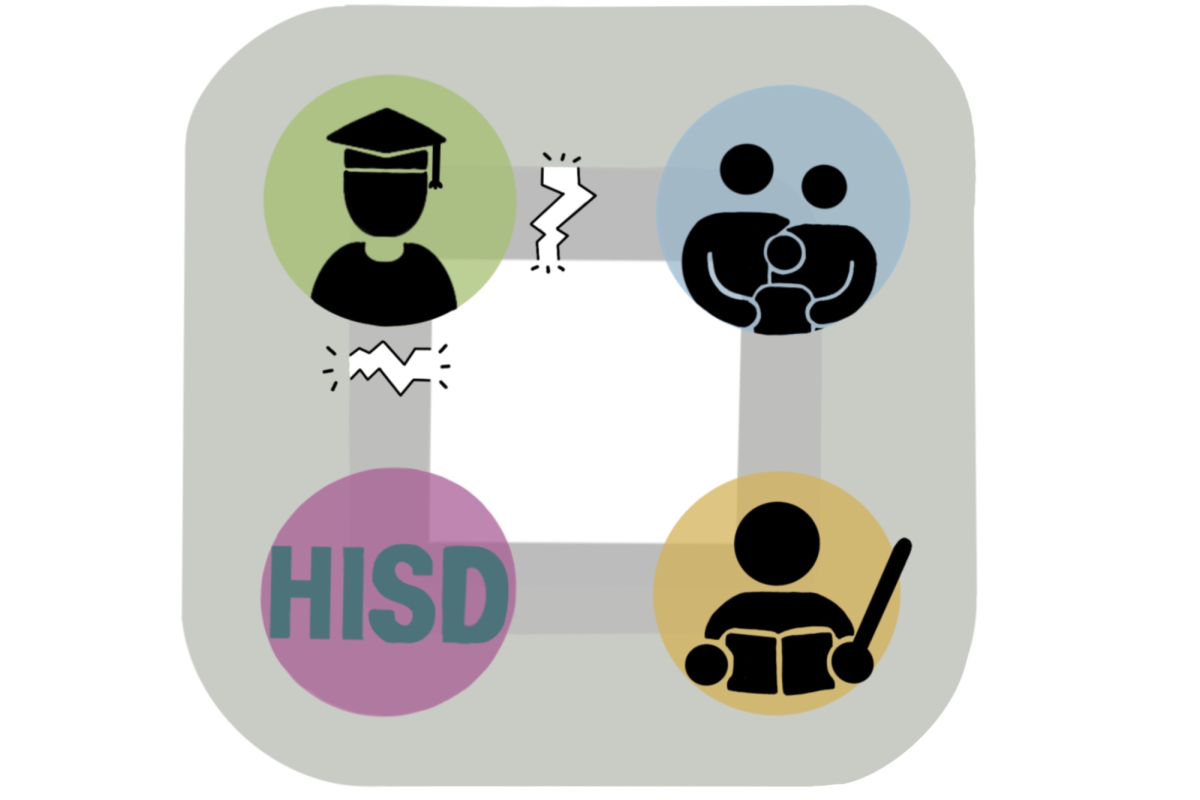
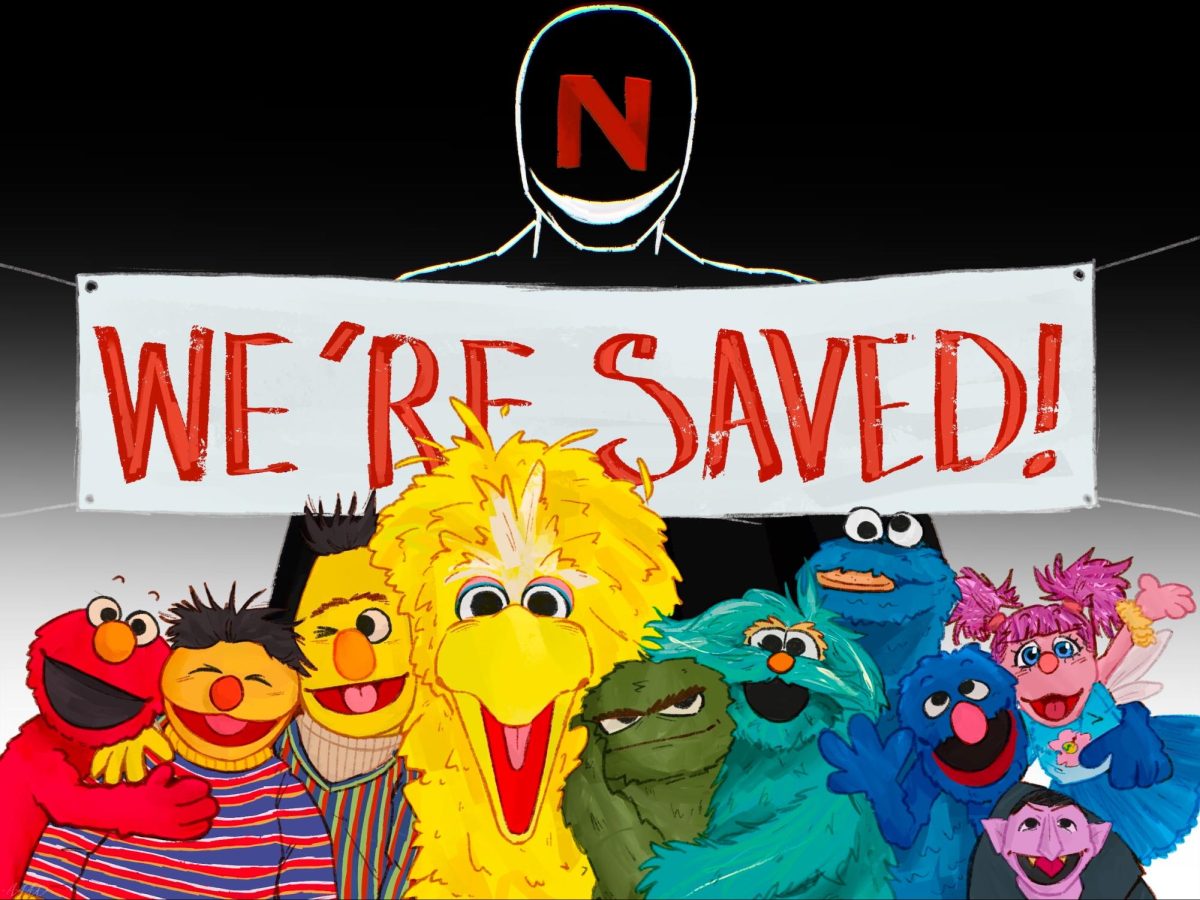
Claire B • Mar 13, 2025 at 9:45 pm
Oooo very well-written opinion, Dawson! Great read
Dawson's #1 fan • Feb 28, 2025 at 10:15 am
Hi Dawson this is a very informative and responsible story, thank you for sharing!
Bethel Kifle • Feb 25, 2025 at 9:52 pm
Nice story Dawson, and awesome graphic!